In the tranquil setting of Index, Washington, we explore Nick’s captivating journey as he turns a basic shed into a luxurious tiny home, showcasing creativity and sustainability.
Starting with an affordable prefab shed, Nick spent 18 months meticulously transforming it into a cozy dwelling, proving that compact living can be both affordable and luxurious.
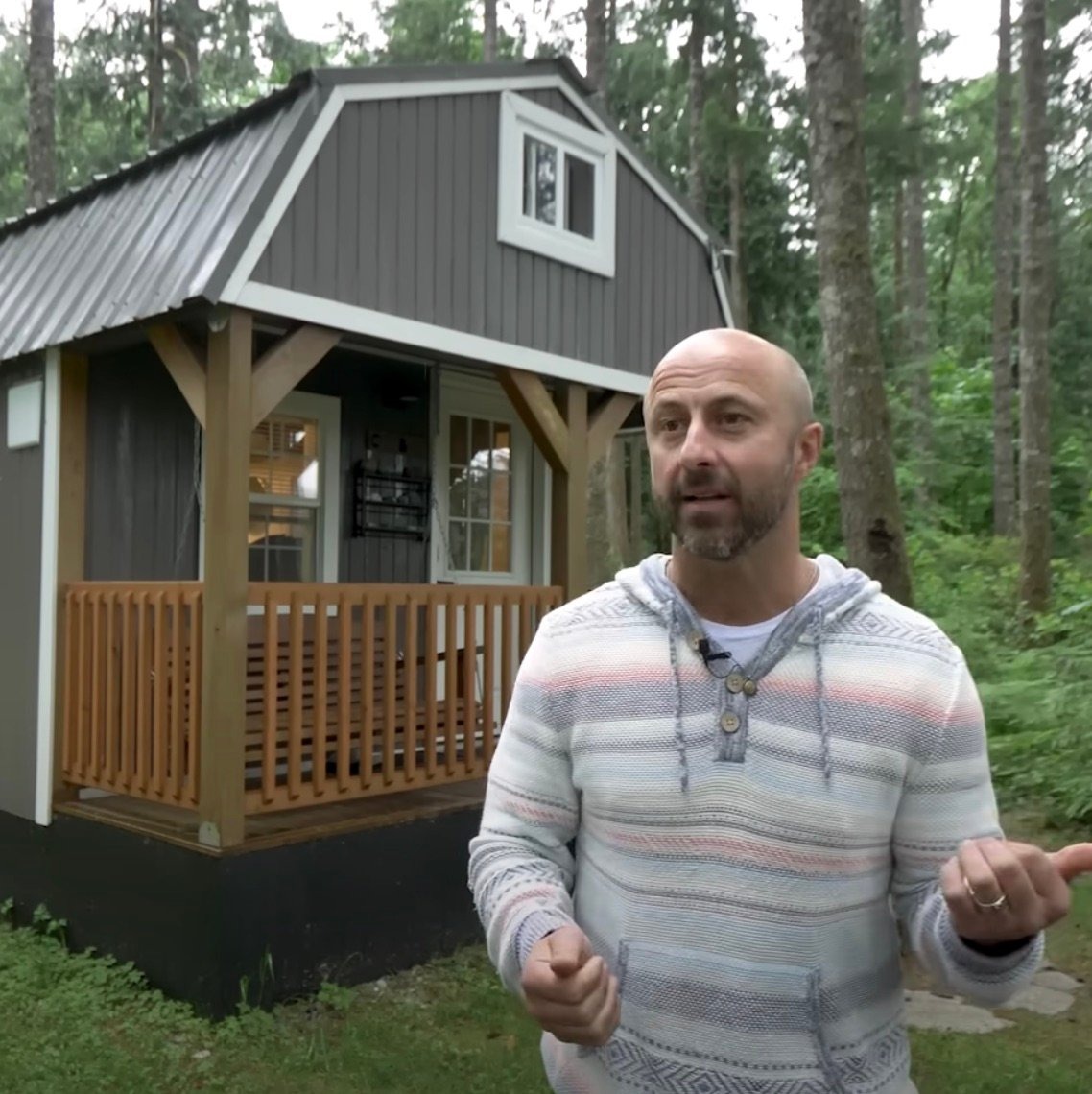
Nick embarked on this venture in 2019, opting for shed conversion, a less daunting task compared to a full-scale build. The shed, initially costing $8,000, served as a blank canvas.
With an additional investment of $22,000, Nick infused functionality into the compact space, adding electrical systems, plumbing, insulation, and wall paneling.
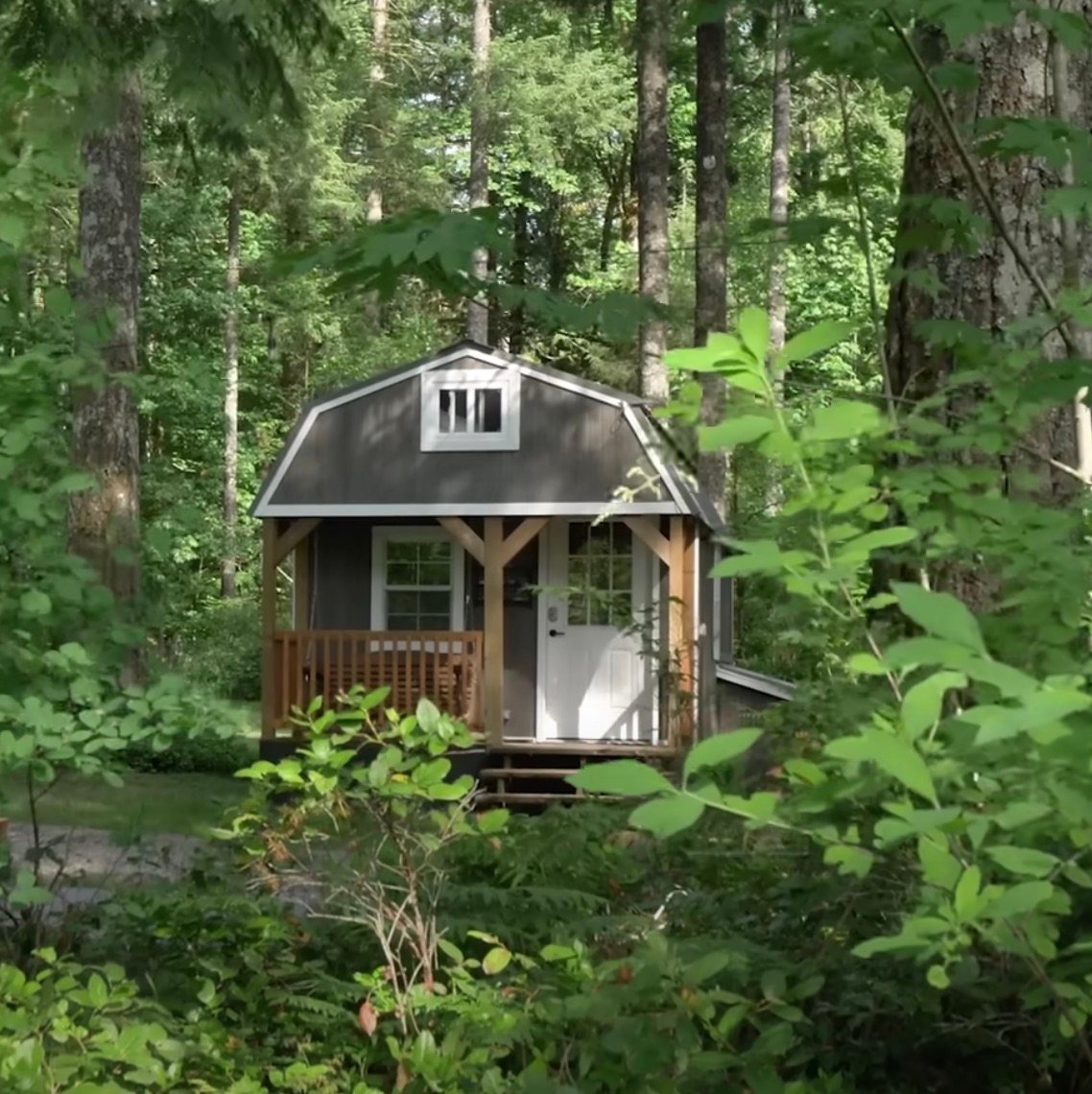
Strategically positioned to offer scenic views of the river and cliffs, the shed, named Clay Baby, became a harmonious part of its surroundings.
The interior design reflects Nick’s attention to detail, featuring a movie-watching room, a well-equipped kitchen, and two lofted bedrooms, all illuminated by tasteful lighting.
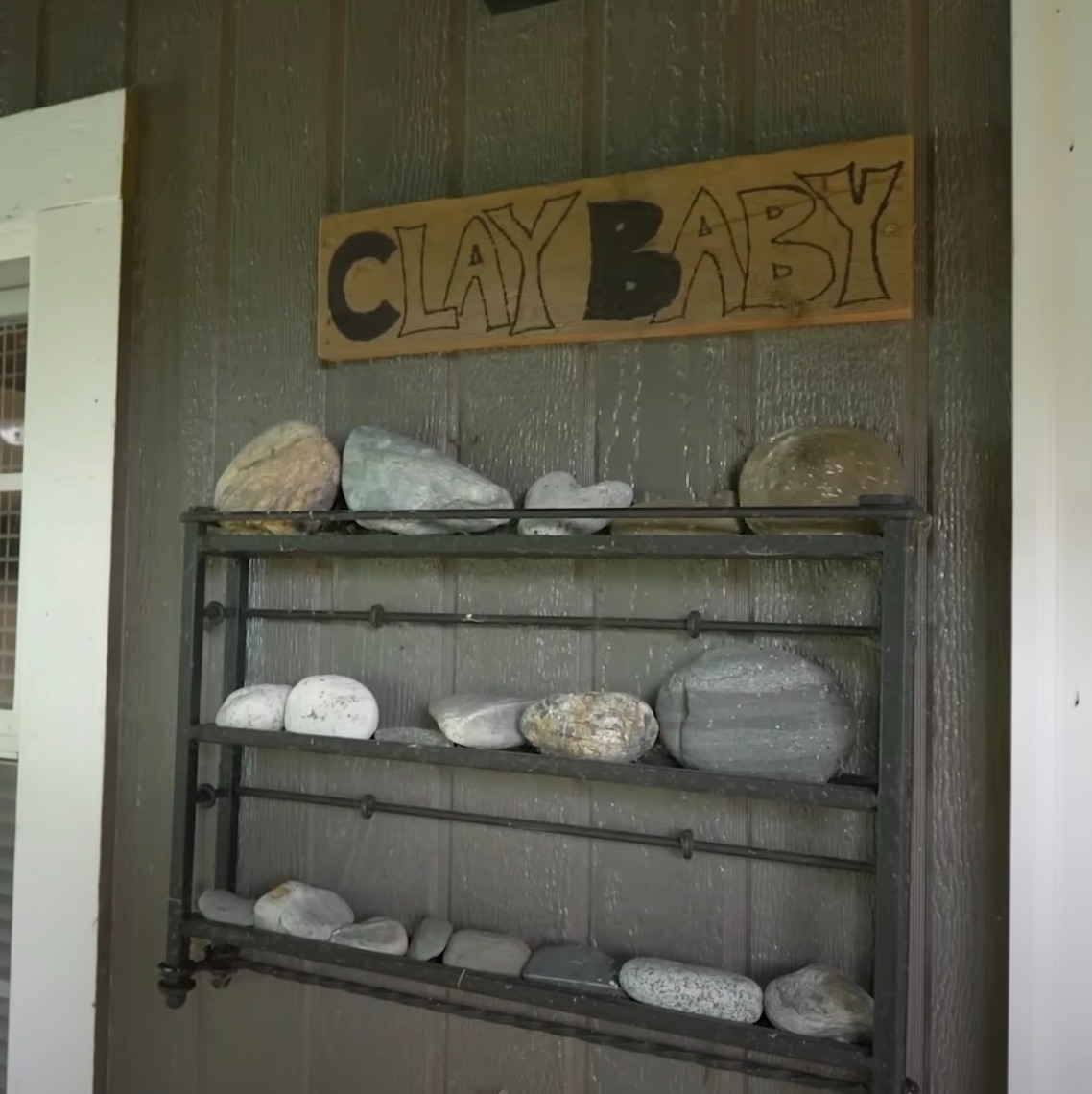
Despite its limited space, Clay Baby boasts a functional kitchen with a quartz countertop, a two-burner induction cooktop, and creative decor elements like rocks and minerals.
The lofted bedrooms, accessed by a custom-made ladder, provide a cozy sleeping space, while the bathroom showcases compact design with a heated floor and a luxurious white marble shower.
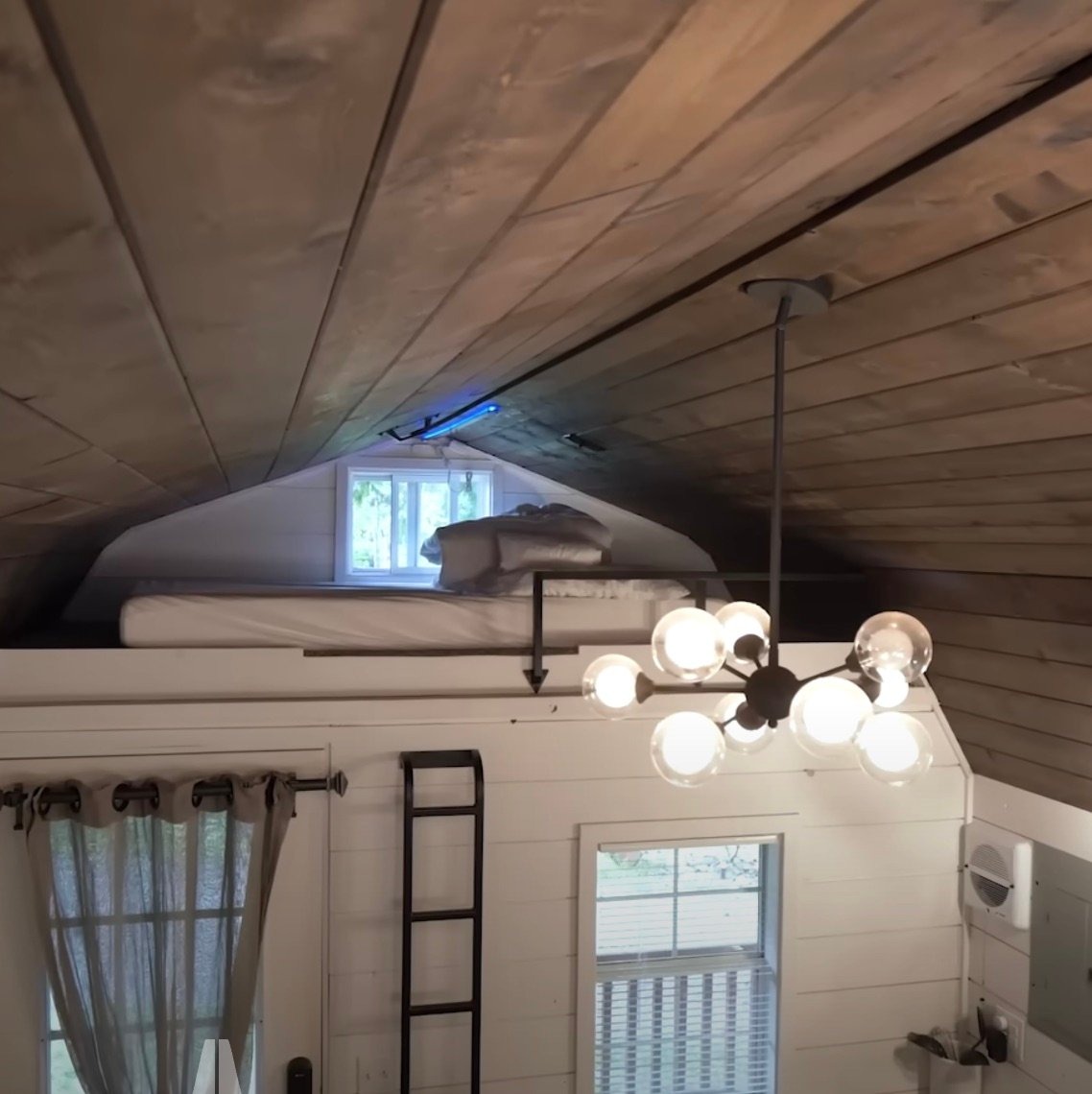
Clay Baby stands as an affordable housing solution, with nightly rentals priced between $95 and $125, emphasizing the potential of shed conversions for temporary housing.
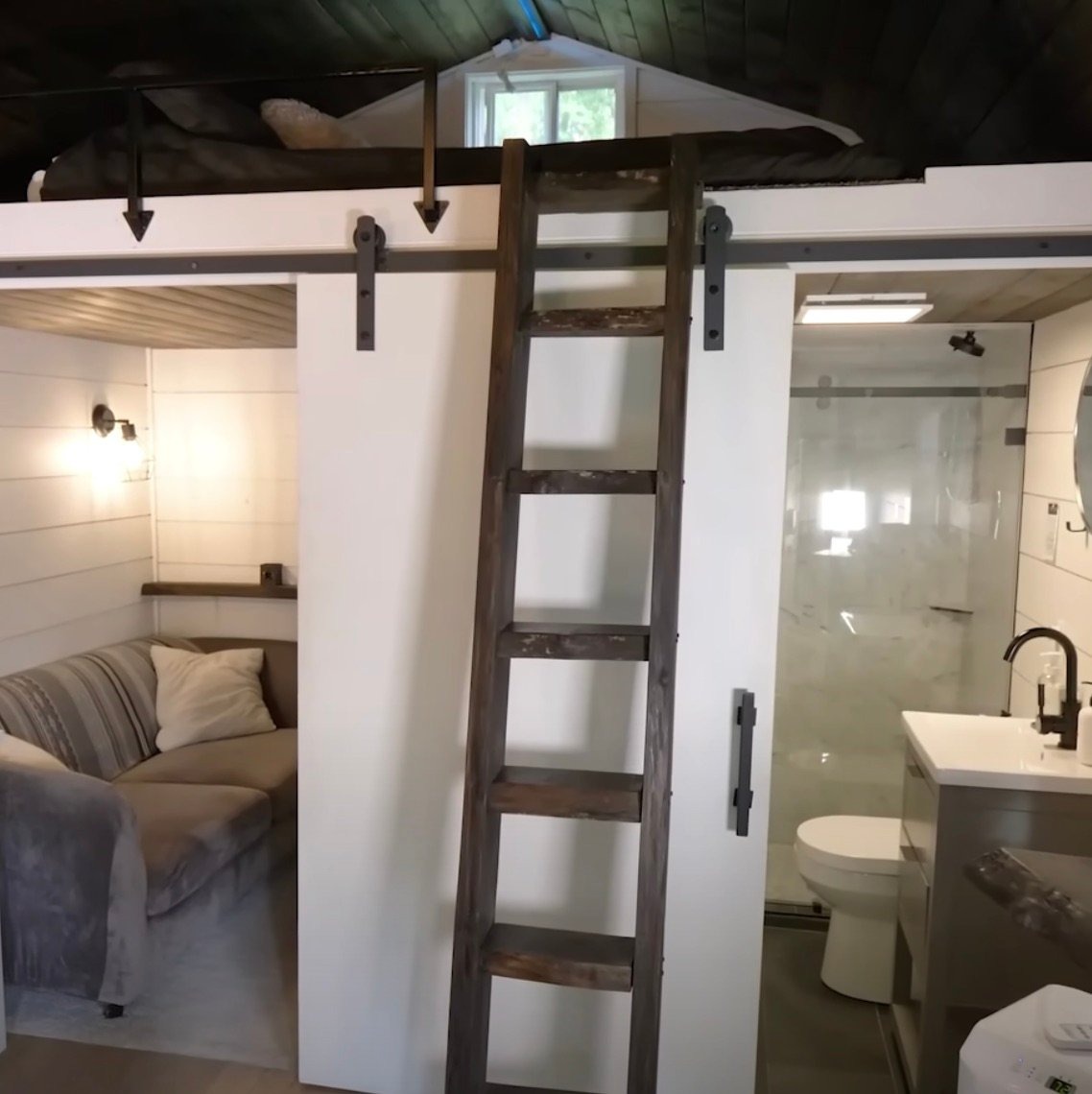
Nick’s success has led to the creation of six different units on his property, catering to the growing interest in compact living spaces.
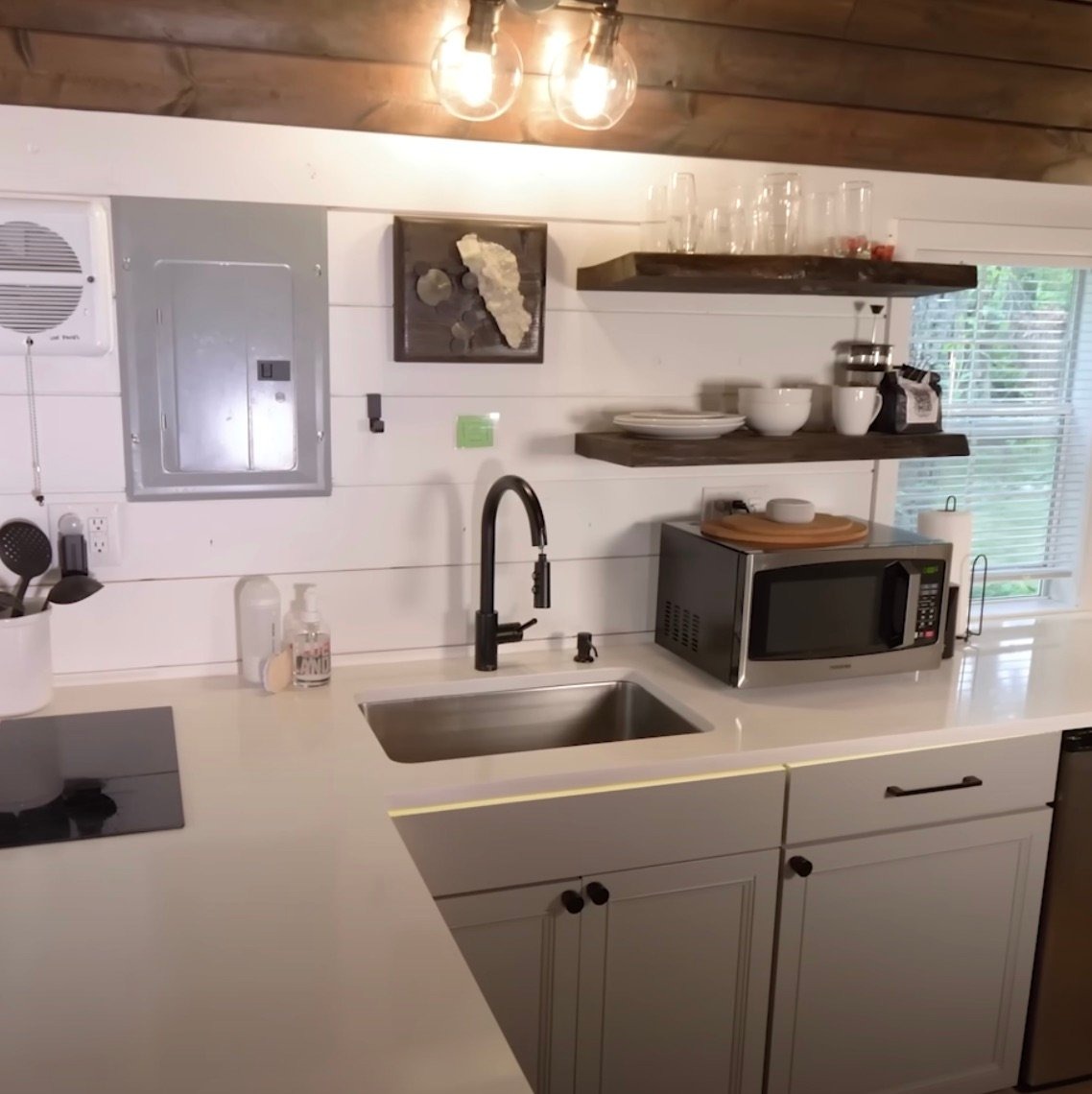
Nick’s journey with Clay Baby is more than creating a beautiful space; it’s about offering a sustainable and affordable housing solution.
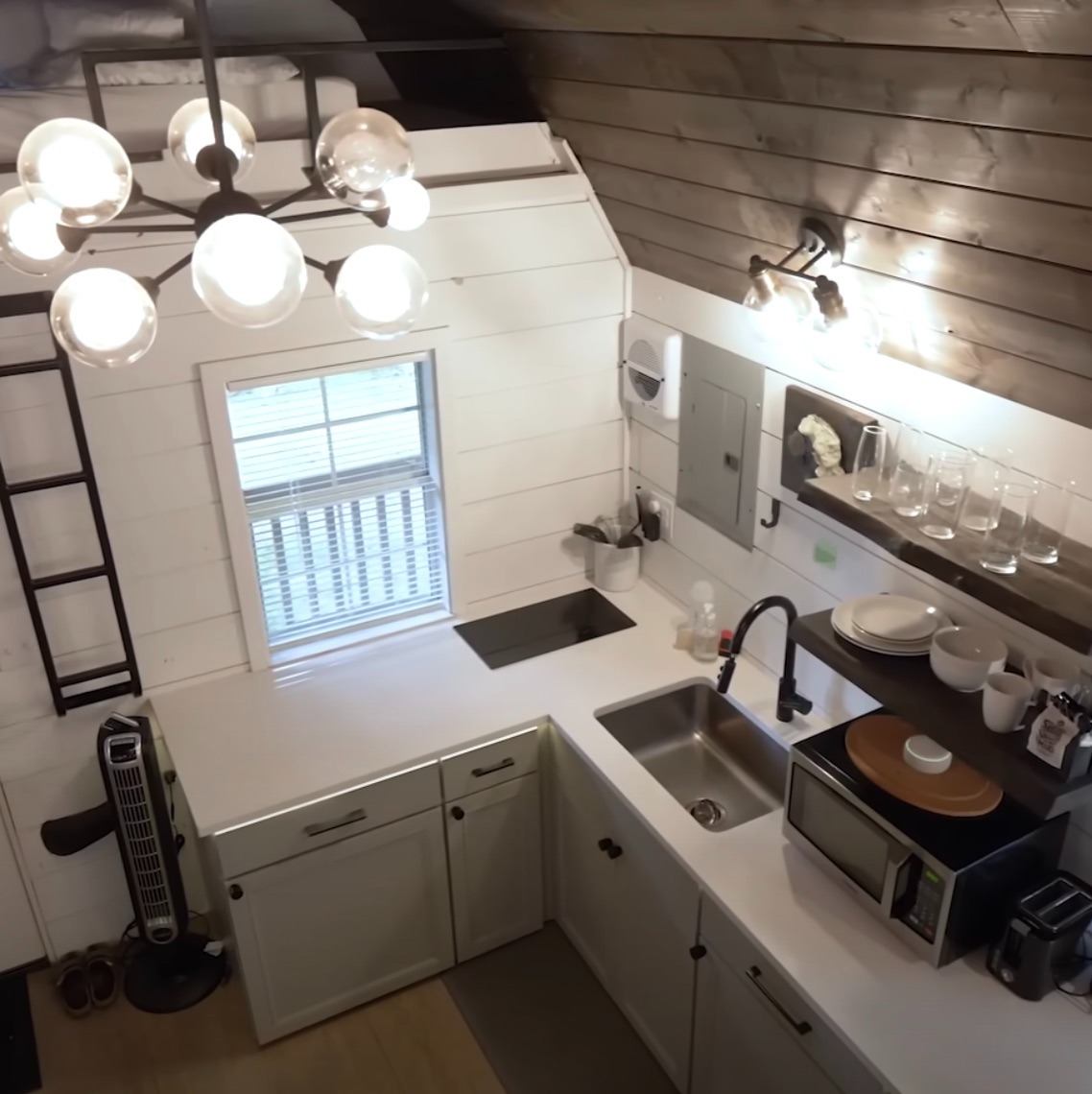
This venture serves as a beacon of hope, showcasing the possibilities of compact living and redefining our approach to housing.
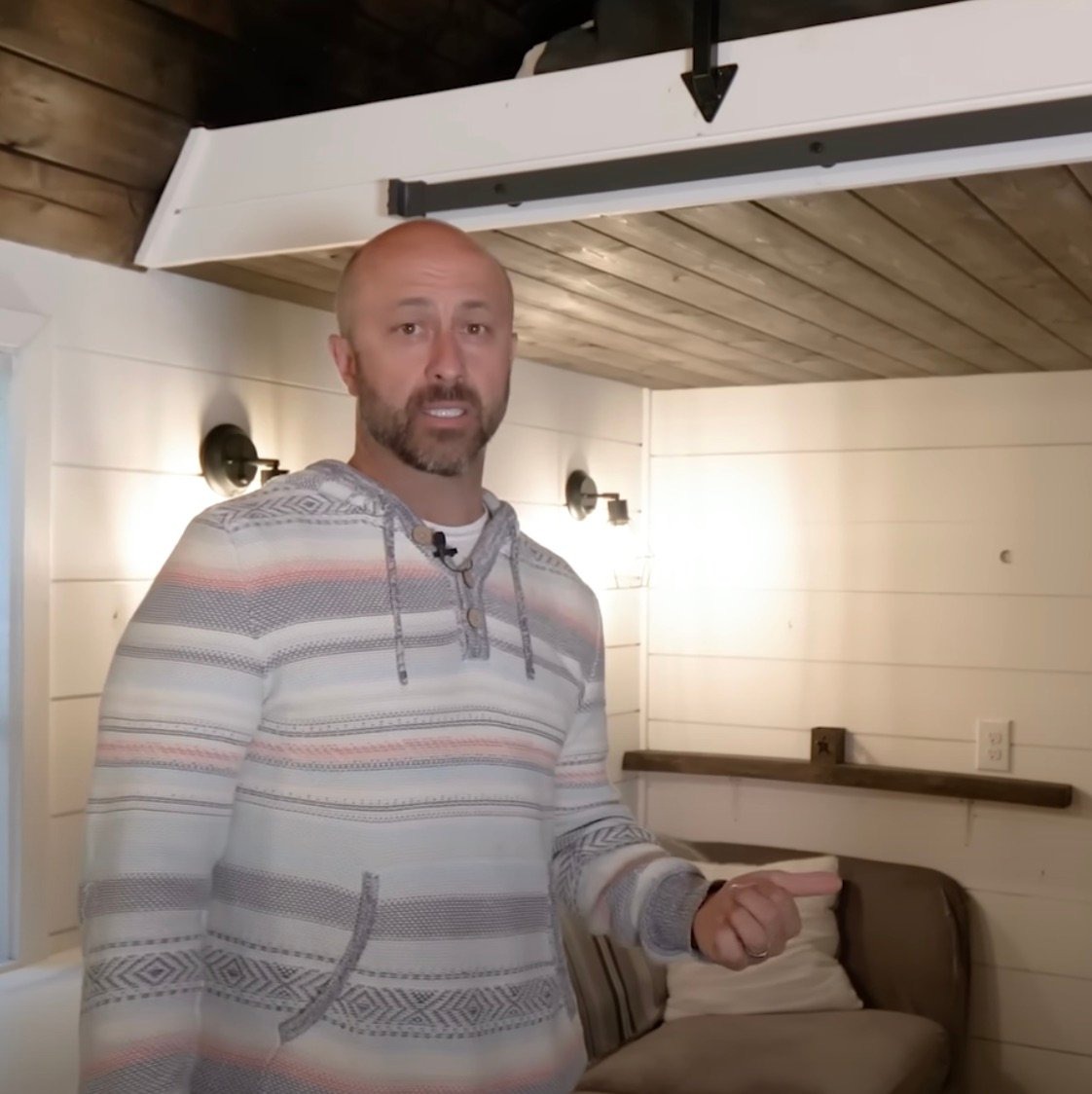
It’s a testament to innovative thinking, sustainable practices, and the transformative power of tiny homes.
Any comments?
